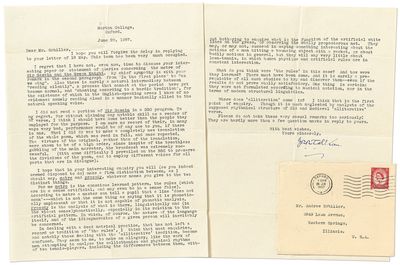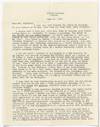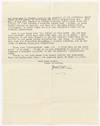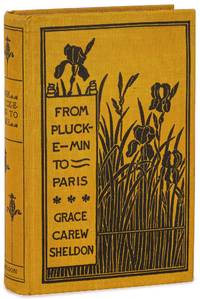signed Unbound
by TOLKIEN, J.R.R.
Unbound. Fine. Two quarto leaves (8" x 10¼"). Typed on one and a half pages and Signed in ink. Dated June 22, 1957 from Merton College, Oxford, with the original mailing envelope postmarked two days later. Addressed to Andrew Schiller, a University of Chicago linguist, living in Western Springs, Illinois, U.S.A. Old folds from mailing else fine. Tolkien responds in detail to a series of queries concerning his translation of *Sir Gawain and the Green Knight* that had been recently performed on the BBC, and revealing the text was "a completely new translation of the whole poem." Despite acknowledging the "broadcast was extremely successful," he admits he (truncated)








